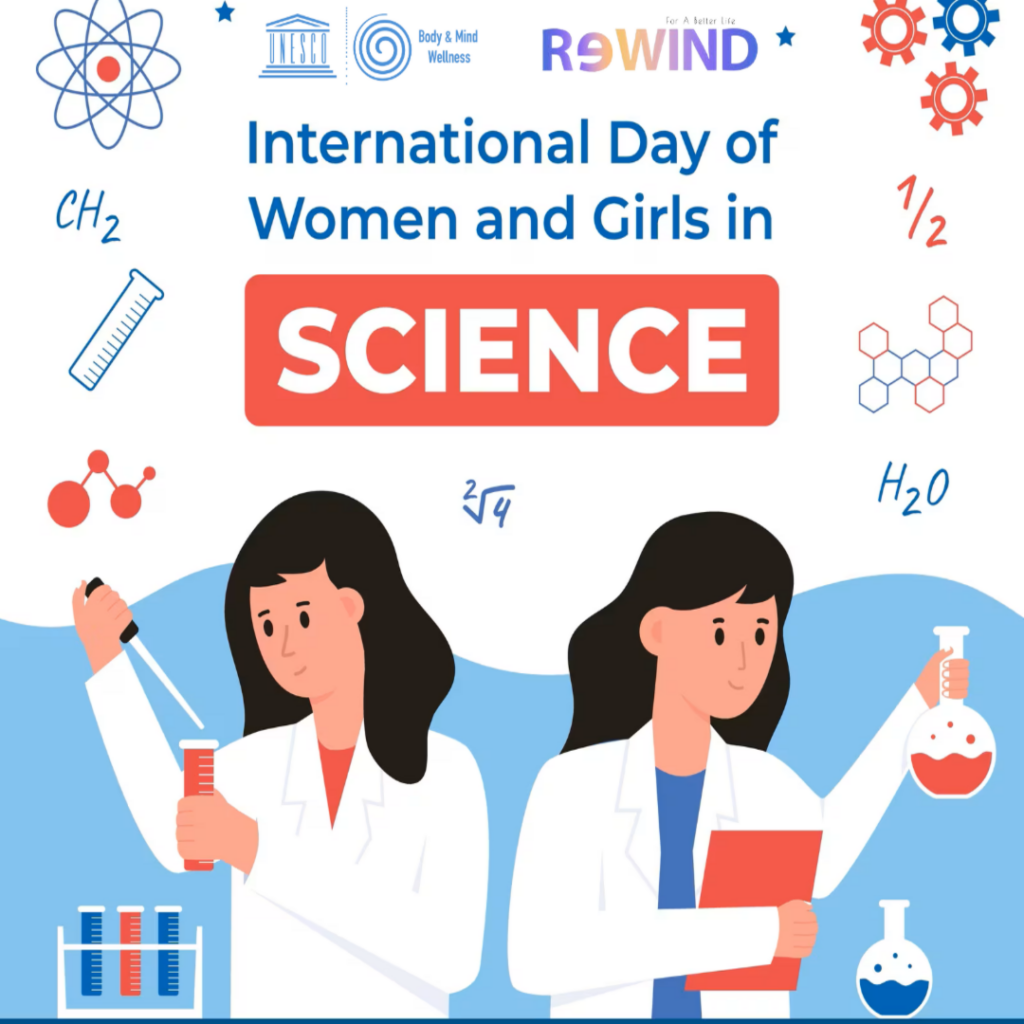
The History Behind This Day
The International Day for Women and Girls in Science, observed annually on 11th February, was established by the United Nations General Assembly in 2015. This day emphasizes the critical role women and girls play in science, technology, engineering, and mathematics (STEM) fields and aims to promote gender equality in access to education and opportunities in science. It highlights the persistent gender gap in scientific careers and education, despite the significant contributions of women to scientific advancement throughout history.
Who came up with the idea?
The idea for the International Day for Women and Girls in Science was spearheaded by UNESCO and UN Women, in collaboration with member states and international organizations. These bodies recognized the urgent need to empower women and girls to participate in STEM disciplines fully. The UN General Assembly’s resolution in 2015 marked a milestone in the global effort to address gender disparities in science and to promote inclusive growth and innovation.
Why do we celebrate this day?
This day is celebrated to recognize the contributions of women and girls to scientific innovation and to address the challenges they face in pursuing scientific careers. Women remain underrepresented in STEM fields due to systemic barriers, cultural stereotypes, and lack of access to resources and opportunities.
By celebrating this day, the global community works toward breaking these barriers, encouraging more women and girls to pursue STEM education and careers, and ensuring their voices and contributions are valued equally. The theme for 2025, “Equity in Innovation,” highlights the importance of creating a supportive and inclusive environment for women in science, fostering diverse perspectives in problem-solving and innovation.
UNESCO BMW’s Contribution
UNESCO BMW actively supports the goals of the International Day for Women and Girls in Science by advocating for gender equality in education and scientific careers. Through its initiatives, UNESCO BMW promotes STEM education for girls, organizes mentorship programs, and highlights the achievements of women scientists as role models. The organization also collaborates with educational institutions and global partners to create opportunities for young women in underrepresented regions, ensuring they have access to quality education and career pathways in science.
UNESCO BMW’s Vision
UNESCO BMW envisions a future where women and girls are empowered to excel in STEM fields and are celebrated as leaders in innovation and discovery. By fostering an inclusive and equitable environment, the organization aims to dismantle barriers to education and opportunities for women in science. Through awareness campaigns, capacity-building programs, and international collaboration, UNESCO BMW strives to create a world where women scientists play a pivotal role in shaping sustainable development and global progress.
By:- Jeyadev Needhi
Sources:
- https://www.un.org/en/observances/women-and-girls-in-science-day
- https://www.unesco.org/en/days/women-girls-science
- https://www.womeninscienceday.org/
- https://www.un.org/en/observances/women-and-girls-in-science-day/assembly
- https://learnenglish.britishcouncil.org/general-english/magazine-zone/international-day-women-girls-science
- https://en.wikipedia.org/wiki/International_Day_of_Women_and_Girls_in_Science
- https://www.indiascienceandtechnology.gov.in/iwd-2024
- https://unescobmw.org/
- https://unescobmw.org/about-us/our-mission/